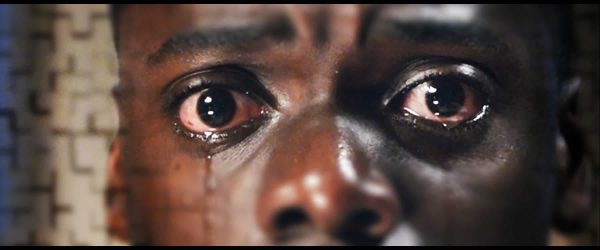Communication studies professor offers his five must-see horror films

Horror films date back to the very origins of cinema. Thomas Edison’s film studio shot its adaptation of Mary Shelley’s “Frankenstein” in 1910.
After more than a century of film production, the horror film remains a staple of genre production across the globe. The long-term appeal of the form is contingent upon the ability of ambitious filmmakers to continually retool stories in keeping with changing mores and social concerns.
Here are a handful of relatively recent films that foreground the genre’s ability to spook individuals while recognizing that the scariest monsters are most always all too human:
“Audition” (1999)
In light of #metoo, “Audition” is mandatory viewing for wayward sugar daddies and well-heeled men of privilege. Be careful what you wish for.
“The Babadook” (2011)
Parenting can lead adults to behave monstrously, especially on those occasions when our children are surely spawned from demons. Horror starts at home.
“A Girl Walks Home Alone At Night” (2014)
A super-stylish vampire film shot by Iranian emigres in Bakersfield, California. Who knew the fabled home of Merle Haggard and Buck Owens could do double-duty as a dark stage for reworking everything we thought we knew about the creatures of the night?
“Get Out” (2016)
The best recent film about racial alienation comes in the form of a smart, horror reworking of “Guess Who’s Coming to Dinner.” Do you belong in this neighborhood?
“Let the Right One In” (2008)
While it has since been remade by an American studio, the original Swedish film is both a touching love story and an existential gore fest about young misfits who will do what it takes to preserve body and soul in an indifferent world. Love is a tumor, you’ve got to cut it out.
A cautionary note: Horror films are by nature transgressive. Any genre predicated on making viewers uncomfortable is going to produce films that can be painful to watch. Yet, these films might be worth the risk as they punish smug complacency and the unwarranted acceptance that this is the best of all possible worlds.
Jonathan Crane, associate professor in the Department of Communication Studies, teaches graduate and undergraduate courses in communication theory, mass media and film studies. He completed a bachelor’s degree in psychology and studied for his doctorate at the Institute of Communications Research, University of Illinois, Urbana-Champaign, where he specialized in cultural studies. The author of “Terror and Everyday Life: Singular Moments in the History of the Horror Film,” Crane has written extensively on the role genre plays in the interpretation of cinematic violence.